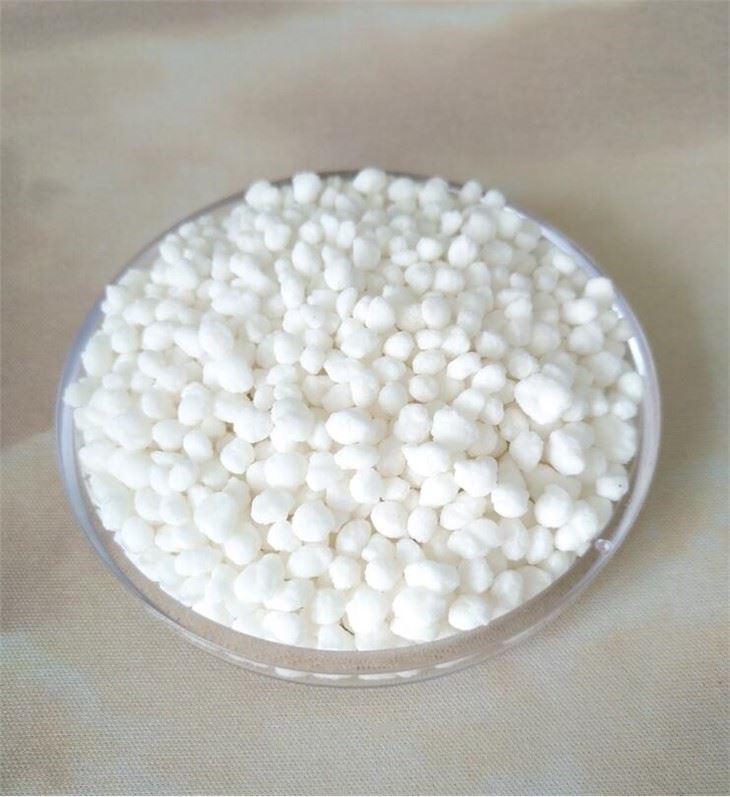



anionic flocculant msds
Understanding Anionic Flocculants and Their Safety Data
Anionic flocculants are widely used in various industrial applications for their ability to enhance sedimentation and clarification processes. These polymers, characterized by their negatively charged functional groups, play a crucial role in water treatment, mining, and the paper industry by promoting the aggregation of suspended particles. Understanding the safety data associated with anionic flocculants is essential for ensuring safe handling and application in various settings.
What are Anionic Flocculants?
Anionic flocculants are high molecular weight polymers that carry a negative charge. When added to a suspension of particles in water, they interact with positively charged particles, neutralizing their charge and allowing them to clump together, forming larger aggregates or flocs. This process enhances the removal of solids from liquids, making anionic flocculants valuable in processes like wastewater treatment, mineral processing, and even food production.
In wastewater treatment, for example, anionic flocculants help to clarify effluents by promoting the settling of solid particles, which ultimately leads to cleaner water being discharged or reused. In the paper industry, they improve the retention of fibers and fillers, thus enhancing the quality of paper products.
Health and Safety Considerations
While anionic flocculants are effective tools in various industries, they must be handled with care. The Material Safety Data Sheets (MSDS) for these chemicals provide crucial information regarding their properties, handling, and potential hazards.
Key components of an anionic flocculant MSDS typically include
anionic flocculant msds

2. Hazard Identification This section outlines the potential health and environmental risks associated with the flocculant. Common hazards may include skin or eye irritation, respiratory problems, or environmental toxicity when improperly disposed of.
3. Composition/Information on Ingredients It provides detailed information about the components, including any hazardous substances present in the formulation.
4. First Aid Measures The MSDS outlines appropriate first aid responses in the event of exposure. This may include rinsing skin or eyes with water in case of contact, seeking fresh air if inhaled, or seeking medical attention for ingestion.
5. Fire Fighting Measures Anionic flocculants are generally not flammable, but the MSDS provides guidance on suitable extinguishing media and special protective equipment for firefighters.
6. Accidental Release Measures This section advises on how to contain spills and safely dispose of the flocculant to minimize environmental impact.
7. Handling and Storage Safe practices are recommended for the handling and storage of these flocculants, including the use of personal protective equipment (PPE) such as gloves and safety goggles to reduce exposure risks.
Conclusion
Anionic flocculants play a significant role in various industries, providing essential benefits in water clarification and solid-liquid separation. Despite their advantages, safety cannot be overlooked. Understanding the information provided in the MSDS is critical for safe handling and minimizes potential risks associated with these chemicals. Employers and employees must adhere to safety protocols to protect themselves and the environment while taking full advantage of the benefits offered by anionic flocculants. As our industries continue to evolve, staying informed about the latest safety practices and regulations will remain paramount in ensuring both operational efficiency and safety.
-
Why Sodium Persulfate Is Everywhere NowNewsJul.07,2025
-
Why Polyacrylamide Is in High DemandNewsJul.07,2025
-
Understanding Paint Chemicals and Their ApplicationsNewsJul.07,2025
-
Smart Use Of Mining ChemicalsNewsJul.07,2025
-
Practical Uses of Potassium MonopersulfateNewsJul.07,2025
-
Agrochemicals In Real FarmingNewsJul.07,2025
-
Sodium Chlorite Hot UsesNewsJul.01,2025










